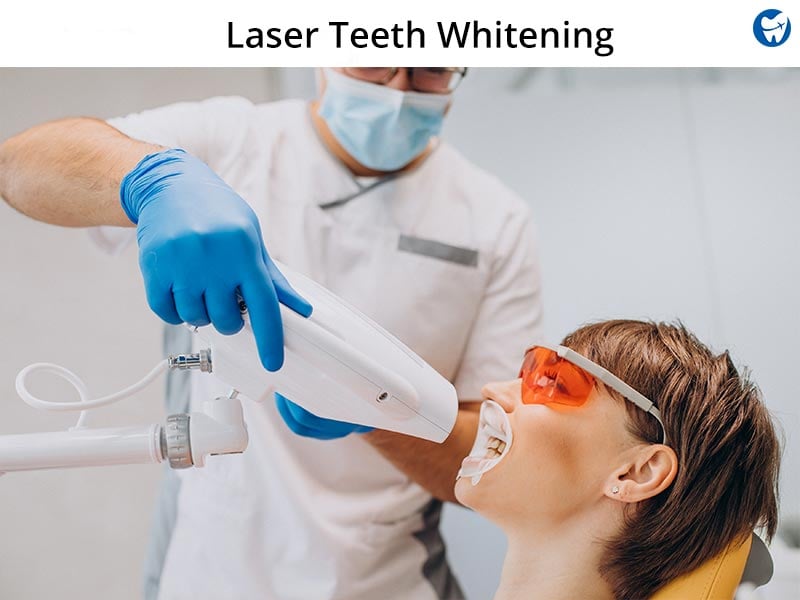Wondering how dental lasers stand out from the traditional dental treatments? Scroll down to know all about the increasingly popular laser dentistry!
Video Courtesy: Biolase
Use of Lasers in Dentistry
Lasers were first used in dentistry in the 1900s but became popular recently. [1]
This new, innovative and minimally invasive technology has several uses in the field of dental work.
Certain commonly treated cases using lasers include: [2]
- Tissue removals
- Gum exposures
- Cavities and sensitivity
- Root canal procedures
- Wisdom tooth removal
- Laser teeth whitening
- Gum and soft tissue infections
How are Dental Laser Treatments Performed?
The word “ LASER” is simply short for “light amplification by the stimulated emission of radiation.” [3]
These treatments are carried out using a form of special rays.
Step 1: Anesthesia (if needed) & preparation of the area under treatment
Step 2: The laser beam setup.
This acts as a cutting instrument, vaporizing device, or even a heat source, depending on the treatment requirement. [4]
Laser Teeth Whitening
Step 3: The instrument then sends out focused, narrow beams that alter the tissue according to the desired effect.
The dentist controls the area being exposed and the duration of exposure.
Blood is wiped off simultaneously during the procedure. [5]
Step 4: Post-treatment instructions are given.
Step 5: A timely follow up and maintenance of oral hygiene is performed by the dentist.
Pros and Cons of Laser Dentistry
| Pros | Cons |
| Bleeding is minimized [6] | Potential gum injury |
| Wound healing is faster | Limitation for usage on all teeth |
| Many procedures may not require anesthesia [7] | Cannot perform all the dental procedures using lasers |
| Sutures may not be required | May have to be used as an addition to traditional treatment |
| Decreased pain and anxiety | Less economical [8] |
Types of Lasers
Two types of lasers are used in dentistry based on their applicability. [9]
- Hard tissue lasers
- Soft tissue lasers
Hard tissue lasers: These cut through the hard structures of the oral cavity like the bone, tooth, etc.
Mostly used in procedures like tooth fillings, removals, and treatment for teeth sensitivity.
Soft tissue lasers: These cut and penetrate through the gums and oral membranes.
Mostly used for killing microorganisms and initiating the re-growth, re-shaping of gums, and tongue procedures.
Is Laser Dental Treatment Painless?
Most laser procedures do not require local anesthesia. This is because it involves lesser vibration and no pain. [10]
Hence in comparison to traditional technology, lasers are more convenient and comfortable for patients.
Takeaway
In order to lead a healthy life, it is important to take care of your oral health.
Also, ensure a routine dental check-up by professionals.
For any future treatments, be sure to explore the dental laser alternative with your dentist’s advice.
FAQs: Laser Dentistry
Laser dentistry is a minimally invasive technology.
It involves no bleeding, pain, or requirement for anesthesia.
This makes it a perfect patient-friendly technology.
Although laser treatments are a safe and convenient option for patients, there are also certain disadvantages:
- Increased cost of the procedure
- Unfavorable for teeth that have excess decay
- Cannot access caries present between two teeth
- Ineffective in removing damaged crowns, bridges, or even certain types of dental fillings. [11]


